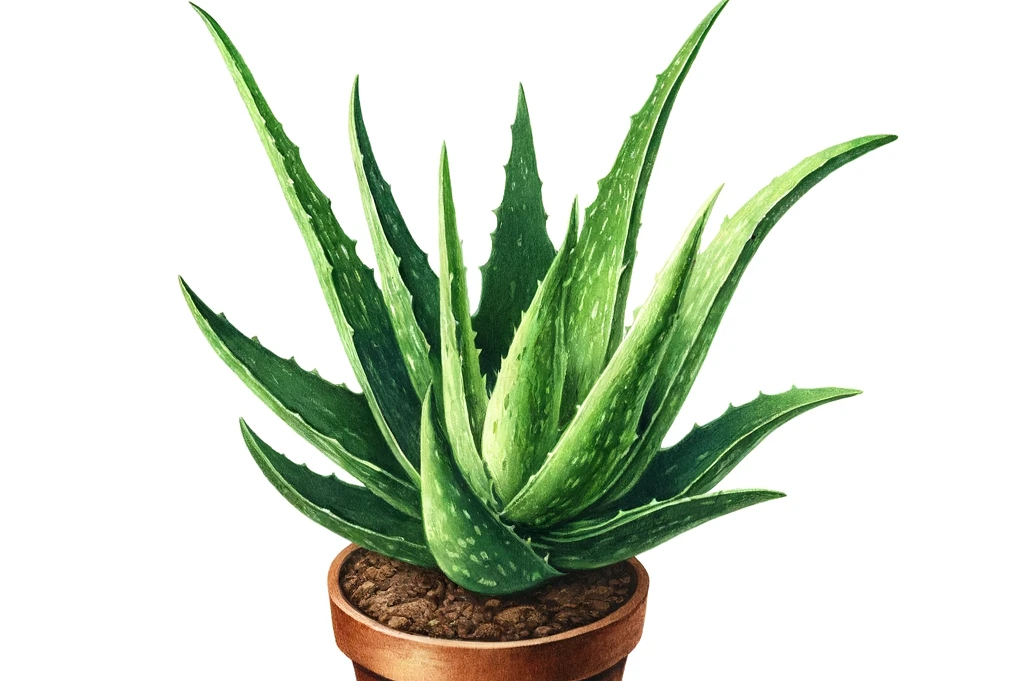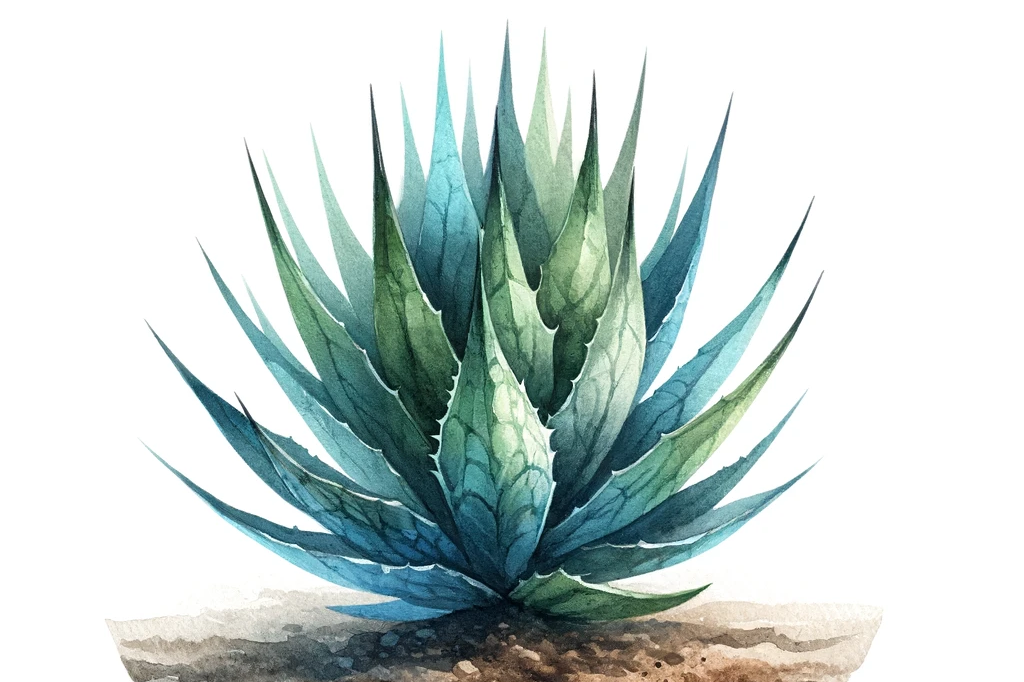Cactus

Cacti, often seen as hardy survivors of the plant world, hide unexpected nutritional benefits for our dogs behind their prickly facades. This article delves into the world of cacti to shed light on their properties, potential benefits and possible drawbacks for dogs. While cacti are prized in human diets for their health-promoting properties, the question is: can dogs benefit similarly, and what are the considerations?
What is a cactus?
Cacti are members of the Cactaceae family, a very diverse group that comes in a variety of shapes and sizes. They are particularly known for their ability to survive in extremely dry and harsh environments, thanks to their unique adaptations such as storing water in their fleshy parts and reducing water loss through their spiny surfaces. Some of the best known edible cacti are the prickly pear cactus (Opuntia) and the saguaro cactus.
Nutrient profile
Cacti are rich in water, fiber, vitamins (especially vitamin C) and minerals such as calcium and magnesium. They also contain antioxidants that can fight free radicals.
Benefits of cactus for dogs
Hydration
Due to their high water content, cacti can provide an additional source of hydration for dogs, especially in the hot summer months or for dogs that tend not to drink enough water.
Digestive health
The fiber contained in cacti can aid digestion and help maintain healthy intestinal flora. This can be particularly helpful for dogs with a tendency to constipation or other digestive problems.
Anti-inflammatory effect
Some studies suggest that the antioxidants in cacti may have anti-inflammatory properties. This could be useful in relieving inflammation and pain in dogs with arthritis or other inflammatory conditions.
Potential disadvantages and risks
Spines and skin irritation
The most obvious danger when feeding cacti are the spines, which can cause injury to the mouth, throat or digestive tract. It is essential to feed only spine-free parts and to clean and chop them thoroughly.
Excessive consumption
While cacti contain beneficial nutrients, overconsumption can lead to digestive problems such as diarrhea. As with any supplement, moderation is key.
Allergic reactions
Although rare, it is possible for some dogs to have an allergic reaction to cacti. Watch your dog for signs of an allergic reaction, such as itching, rash or gastrointestinal discomfort, especially after the initial introduction.
An interesting supplement to take with a grain of salt
Cacti can be an interesting addition to your dog's diet, with potential benefits for hydration, digestion and general health. However, it is important to consider the risks and ensure that any cactus offered to your dog is free from spines and fed in moderate amounts. With the right preparation and care, cactus can be a safe and beneficial addition to your dog's diet.
If you notice any signs of hypersensitivity or poisoning in your dog, you should see your vet immediately. We are not a substitute for a vet, but we try to be as accurate as possible. Every dog reacts differently and we recommend you get a second opinion or consult your vet if in doubt.
Stay healthy and take good care of your four-legged friend!😊
Similar to Cactus
Aloe vera is a succulent plant that belongs to the lily family. It has long, thick, fleshy leaves with spines on the edges. A gel or juice containing many valuable ingredients can be extracted from...
Agave is a genus of succulents consisting of more than 200 species. Most agaves originate from Mexico and the southwest of the USA, where they grow in dry and hot areas. Agaves have thick and fleshy...
Palm lilies (yucca) are a genus of plants from the asparagus family. They originate from the arid regions of America and are adapted to life in the desert. There are over 40 species of palm lilies,...
The Carnegiea gigantea, or saguaro cactus, is a species of cactus found exclusively in the Sonoran Desert in the USA and Mexico. These gigantic cacti can reach a height of up to 15 meters and are...



